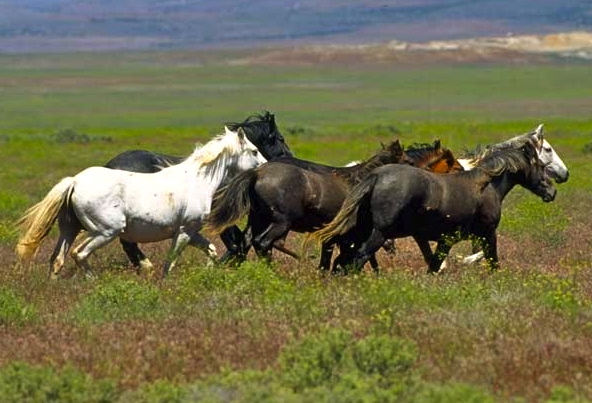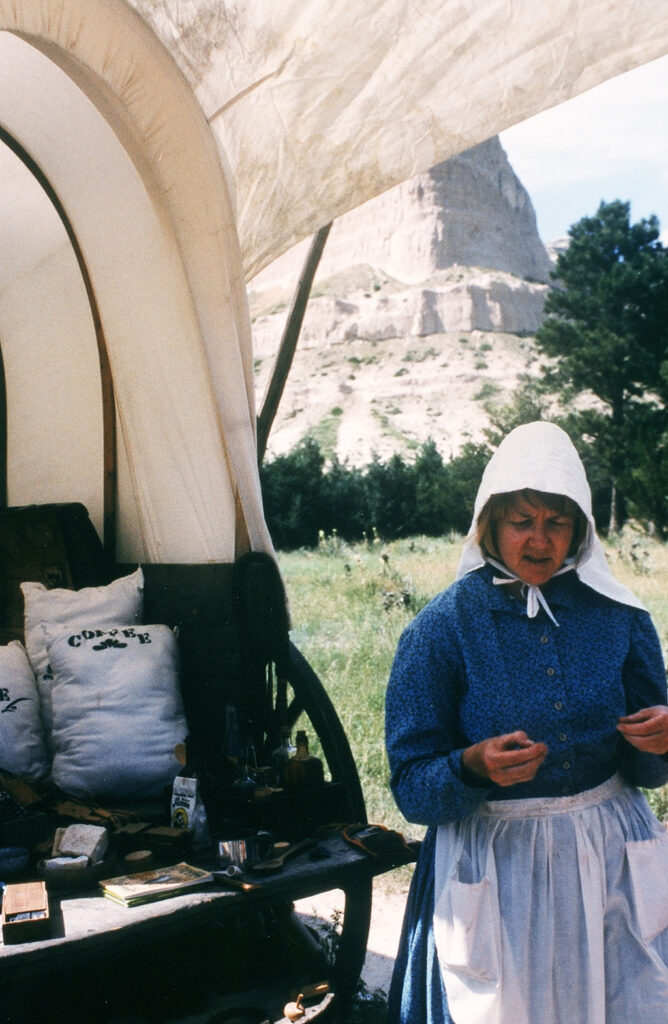“Civilization has finally arrived on the Wild Horse Desert,” Henrietta King of the King Ranch said at the completion of the school she financed in 1909, the first one, in Kingsville, Tex. Along with her specifications that the school be able to withstand hurricanes, she said: “Employ with great care in selection of the character builders for the work within.” As a practice, she gave land to any church or school wanting to build within her domain of the King Ranch.

Henriett King’s quote when the school opened came late in the history of the Gulf Coast region of Texas. But it summed up the feelings and goals of women from the beginnings of immigration to the Spanish province that became a state.
Patricia couldn’t wait to move into this land rich in wildflowers, wild cattle and perhaps her favorite, wild horses in 1799. The earliest arriving in the “foreign land of Tejas” sought education and faith as soon – and sometimes before — the rise of housing and herds.
Whether 18th, 19th or 20th century, these women who arrived, many with formal education in Europe, sought to introduce this education and because Tejas was a Catholic province, those who could sent for priests to come, to provide education and religious education and services.
Just as often, hanging onto their land grants usurped all time and attention. As one pilgrim was prone to say, “we were some 50 people set down in the midst of a couple hundred thousand savages who didn’twant us there.” Men of these early colonies formed scouting expeditions out along the perimeters of their colonies. At home, the women fended off Indians. Sometimes with a cannon rolled into the doorway of their jacal.ˊ Other times with loaves of bread or pies or cakes. Often women exchanged baked goods for venison, fish and other wild game with less warlike Indians. It happened all over Texas. But when that didn’t work, they knew how to shoot, cannon or rifle, and did.
PERSONAL ANECDOTE: My grandmother – at the time mother of five gorgeous girls – told the men who worked on their dairy that when my grandfather was at the stock market in Fort Worth: “I have a gun, and I know how to use it.” (Old defenses carried over to this 1930’s era.)

Later immigrants from the United States were not so well educated as the early Spanish and Mexican families. Not wealthy,the women, and their families had sunk everything into getting to Texas, securing a colonization grant. In their day, the land was free or at least possible. And as the immigrant population grew, obedience to Mexican laws of being Catholic, of no slavery, frayed. And then when taxes were levied, grumbling became agitation and then war, a war that fairly well resolved Texas’ independence at the Battle of San Jacinto on Peggy McCormick’s front yard, April 21,1836.
In today’s time, a couple of weeks before Mother’s Day, honoring the moms in our lives who continue to love and nourish, educate and instill family values we also can commemorate San Jacinto Day, April 21 1836 and the men and women who brought forth Texas independence.
A thank you to today’s mothers as well as yesteryears!
HAPPY MOTHER’S DAY!
These are snippets of stories of a few of the women that roll out in my books on Texas Women.